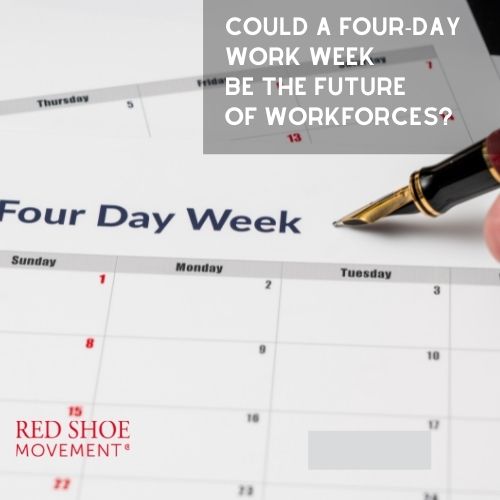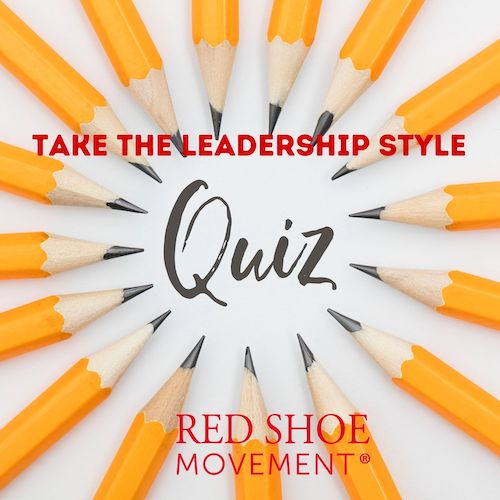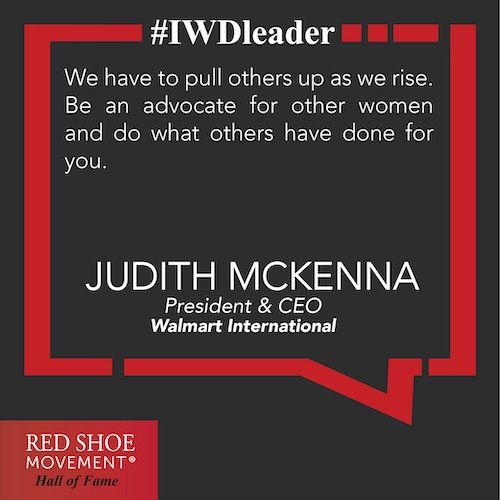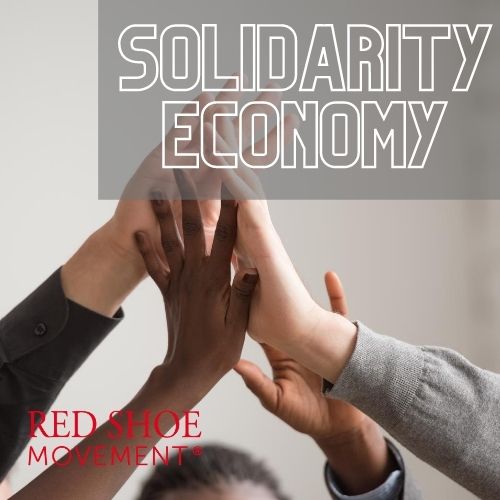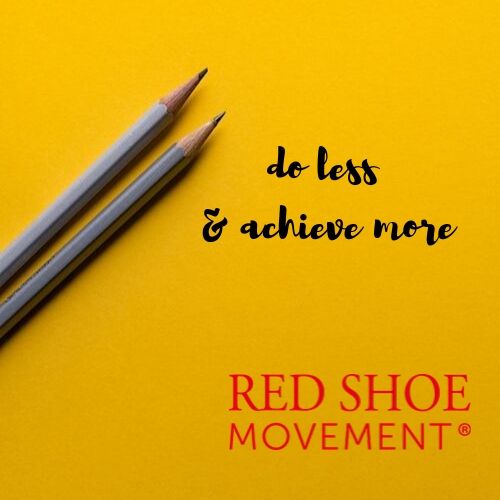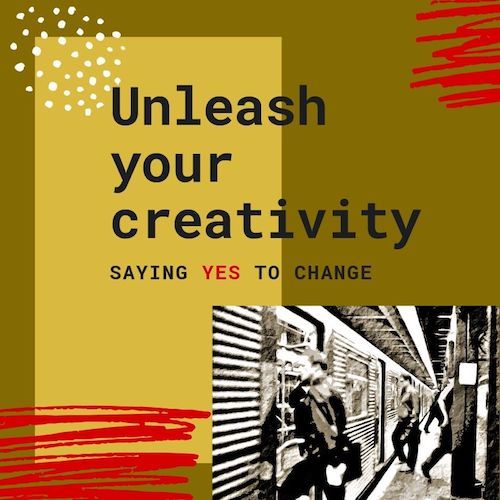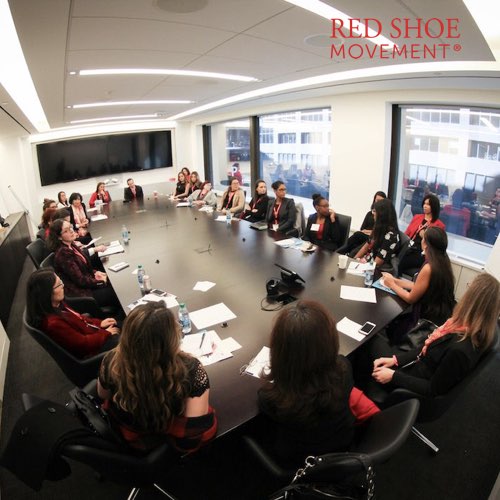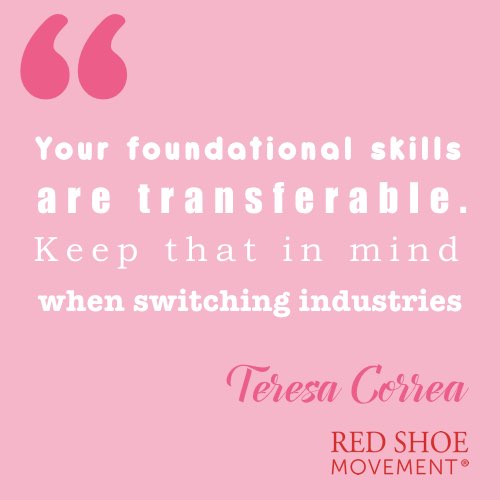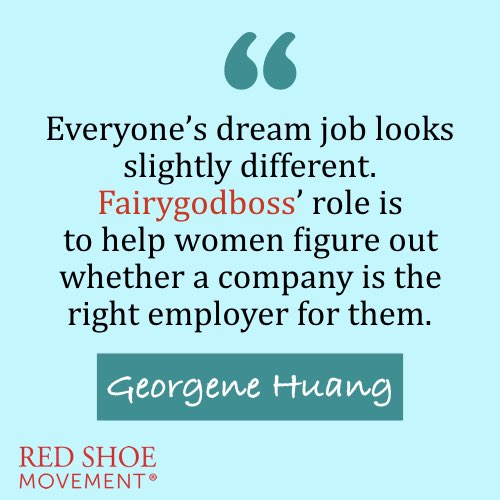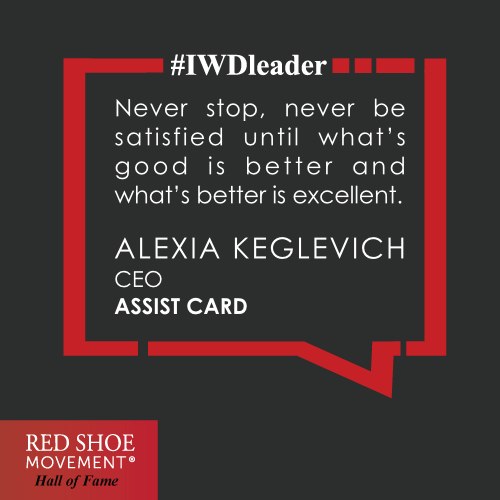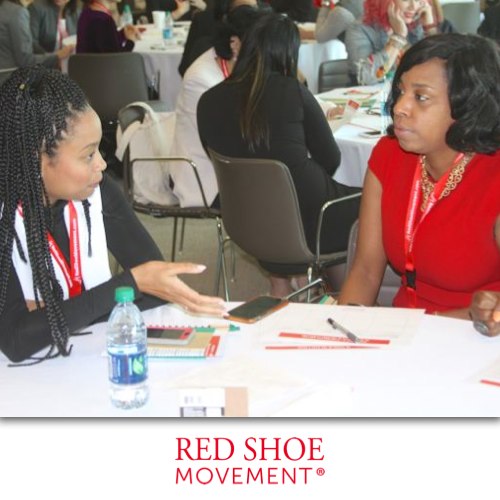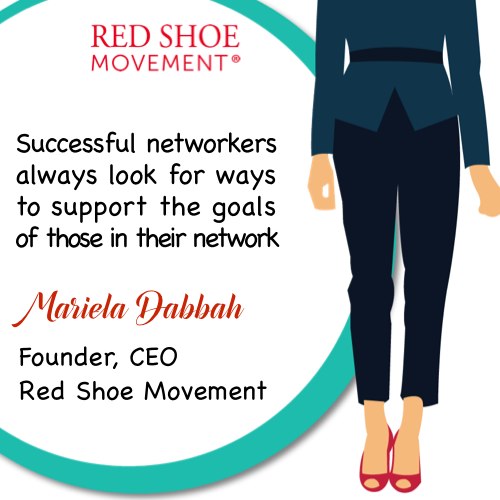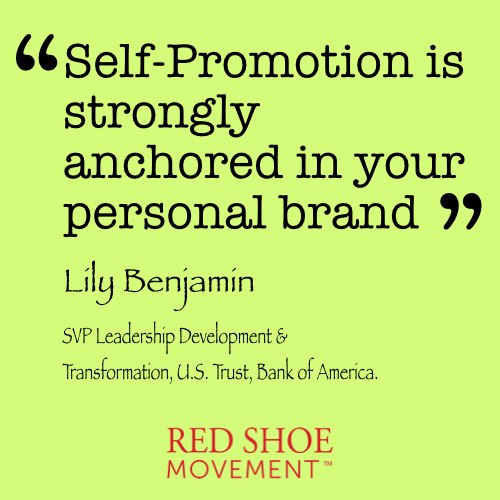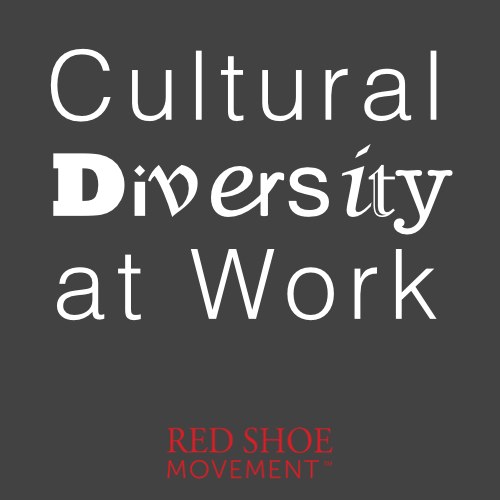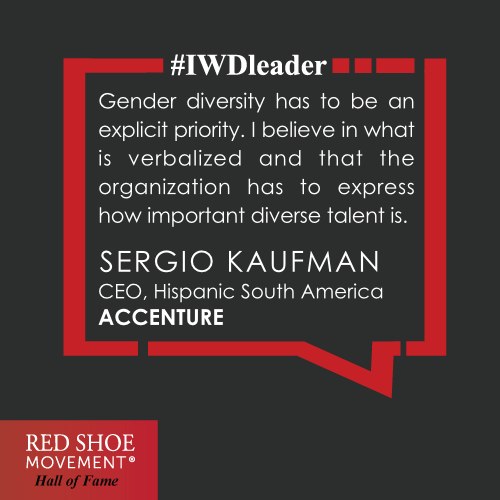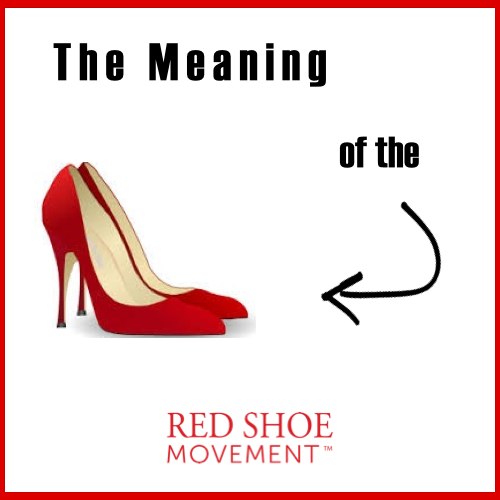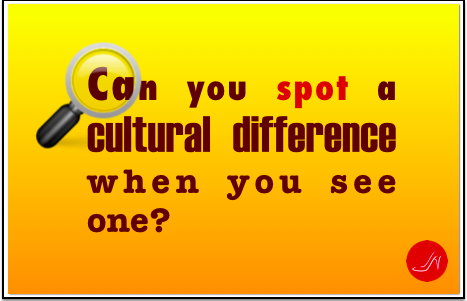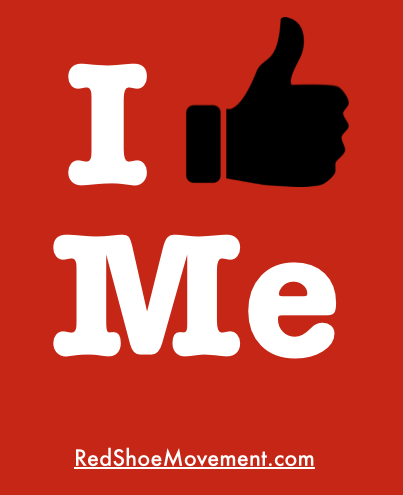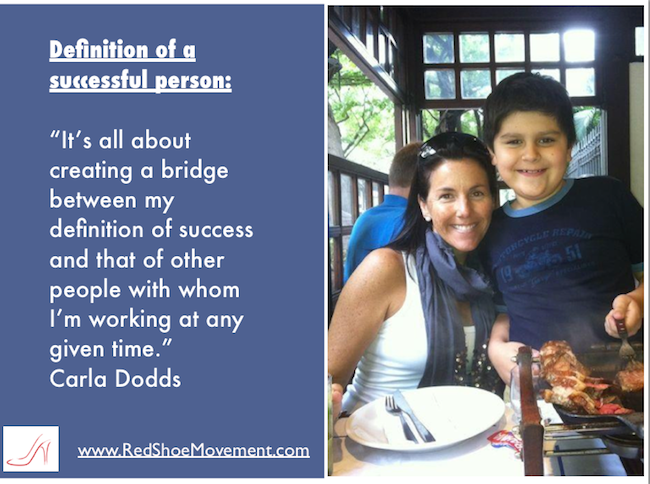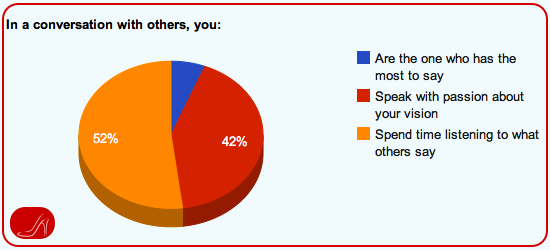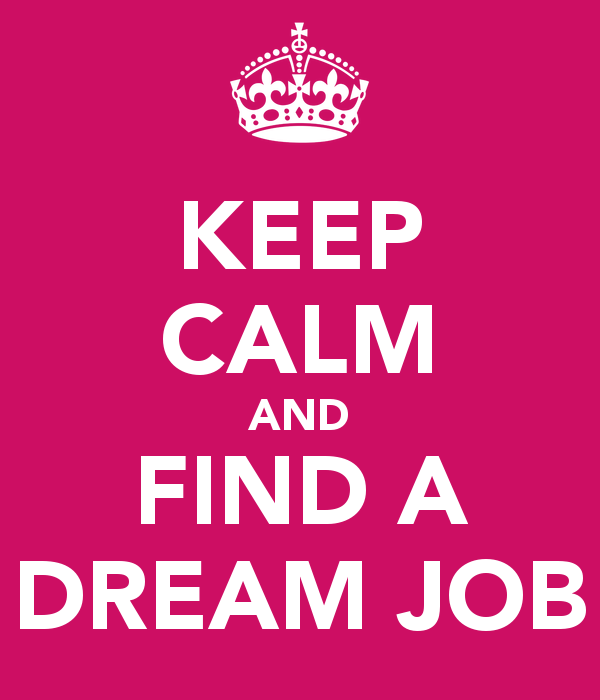What is employee engagement? It is the alliteration du jour among business circles. It has been lauded as the solution to talent management and profitability challenges all in one. Why? The equation goes like this: Engaged employees equal higher corporate metrics.
So, what is employee engagement, anyway? Although there are several descriptions that point to the same idea, this is my preferred definition of employee engagement (courtesy of Aon/Hewitt): “Engaged employees invest their discretionary effort in the right behaviors to achieve future business results.”
Since the enactment of employee engagement as the secret sauce to organizational nirvana, there has been a rush to implement initiatives to increase the number of engaged employees across industries and regions. Phrases like, “organizational restructuring,” “empowering line employees” and “meeting employees’ core needs” capture the essence of the advice given by gurus in the field.
Employee engagement statistics tell the story
Employee engagement statistics results are mixed. Depending on how and where you look, employee engagement statistics range from 13% to 60%. This wide variance underscores the urgency to pin down the moving target that is grooming and retaining engaged employees.
What is employee engagement? A paradox
It might seem counterintuitive that the short answer to the question what is employee engagement is two words: a paradox. While programs to increase the number of engaged employees in organizations have the best of intentions, a blind spot undermines their efforts: The inconsistency between what is communicated and what is fostered. If this blind spot is not kept in check, the level of engaged employees will stall or even decrease due to toxic competition, mistrust and complacency.
If your organization is looking to strengthen its employee engagement statistics, consider the suggestions below to fine-tune your strategy.

Shift from a competitive to a co-opetitive mindset
Co-opetition describes a practice used by companies in similar markets to collaborate in growth-oriented activities such as joint research and development or market research. The end result is the creation of a higher value for all involved rather than the outcomes achieved had they opted to compete in the traditional sense of the word. Let’s look at the rewards and recognition program to test this suggestion.
Currently, this type of program —that aims to acknowledge an employee exemplifying the values of an organization— reinforces an individualistic, win-lose culture. Not only does it recognize one person out of many, but the system might also condition employees to hyper focus on seeking out awards without any regard for the company’s values.
How about restructuring the rewards and recognition program to not only acknowledge the individual employee but also those who nominated her? Expanding the process to include the nominators—and indirectly their supervisors—would add more substance to the process and could jumpstart the shift to a more collective approach to recognizing performance.

Allow accountability and autonomy to coexist
It’s a catch 22: To deploy communication and productivity tools that promote accountability while building trust and employee engagement. Take the concept of flextime. The disconnect happens when managers and supervisors proclaim the benefits of flextime as a way for employees to customize—and own—their work processes and schedule while also asking them to report every single minute spent working remotely. The underlying message becomes, “I don’t trust you and since I still need to be in control, fill out this form and prove to me you are working.” The chances of having a team of engaged employees under this scenario are, frankly, dim.
How about communicating the need for accountability with transparency? Be explicit about the end goal of increasing productivity while allowing for flextime. Acknowledging that the process of remaining accountable while being autonomous could be bumpy strengthens your brand as a trustworthy manager. Soliciting feedback and engaging employees as partners—and not as dependent participants— allows for sharing ownership of the outcome.
Operationalizing an effective initiative to increase the ranks of engaged employees requires grit, patience, flexibility and humility, qualities not generally top of mind for most leaders.
Patience and humility to step back and consider a more collective, collaborative approach to cultivating engaged employees instead of just conditioning—programming them to perform. Grit and flexibility to review and to apply lessons learned from previous attempts.
Recommended Reading: Solutions to Promote Gender Equality in the Workplace
Producing more consistent employee engagement statistics could become a daunting task. If you are still doubtful about what is employee engagement and why it is so challenging, let’s go back to our working definition: the investment of discretionary effort. The way I see it, there are two ways to persuade employees to channel their discretionary resources –time, creativity, energy—towards organizational goals: The Stepford way (forced conditioning) or The Sustainable way, where transparency, trust, and tenacity prevail. Your choice.

































































